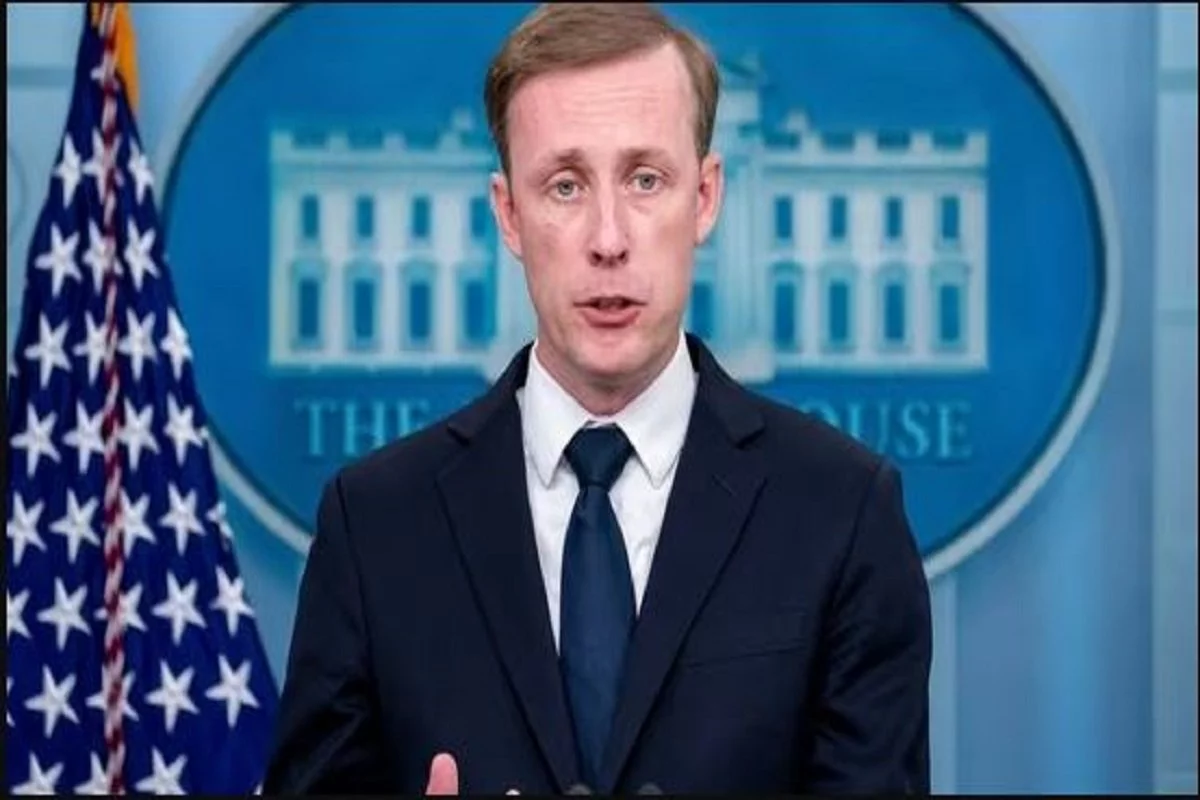
When India’s national security advisor (NSA) Ajit Doval met his American counterpart, the 46-year-old Jake Sullivan, in Washington DC in January to launch the initiative on critical and emerging technologies (ICET), Doval, 78, told Sullivan that he didn’t have much time on his side.
Five months later, as Sullivan arrives in New Delhi to firm up the deliverables for Prime Minister Narendra Modi’s State visit to the US on June 22, he can tell Doval that he has delivered in quick time. Sullivan has driven the administration’s wider foreign policy, geo-economic approach, Indo-Pacific strategy, and India policy. And it is because Sullivan, under his boss President Joe Biden’s political direction, has taken ownership of the India issue that Modi’s visit promises to be among the most path-breaking visit by an Indian leader to the US in decades.
Sullivan, as a close observer of the bilateral relationship recently put it, may go down in recent American history as the most consequential NSA since Henry Kissinger. But unlike Kissinger, who turned 100 in May, Sullivan’s wider strategic legacy is not tainted. And unlike Kissinger, who appeared to undermine Indian security, Sullivan’s approach is marked by a fundamental commitment to doing all that’s possible to deepen the bilateral relationship and help enhance Indian capabilities.
The wider approach
Sullivan’s proximity and long association with Biden (he was NSA to Biden when the latter was VP; Biden has called him a “once-in-a-generation intellect”); his status as NSA that allows him to direct America’s complex maze of government agencies to fall in line; his leadership of a highly capable and focused team at the National Security Council (NSC); his relatively cordial working relationship with other key officials — particularly Secretary of state Antony J Blinken, secretary of defense Lloyd Austin, secretary of commerce Gina Raimondo and Central Intelligence Agency chief Bill Burns — has placed him in a unique position to lead and execute policy.
This is reflected in four key domains.
The first is the war in Ukraine. Burns, an old Russian hand, and Sullivan figured towards the end of 2021 that Russia was preparing to invade Ukraine. And together, with the President’s sanction, they made classified information public to prepare a global public opinion about Russia’s invasion and erode any moral high ground Moscow may claim. The early warning helped Kyiv. Along with Blinken and Austin, Sullivan has since played a key role in arming Ukraine, strengthening the North Atlantic Treaty Organisation (Nato), ensuring that Russia has faced its most difficult military challenge since the Soviet invasion of Afghanistan, and weakening Moscow’s economic, technological and strategic footprint. This has required him to pull off a careful balancing act, where the US strengthens Ukrainian resistance but does not ignite a direct war with Moscow.

















